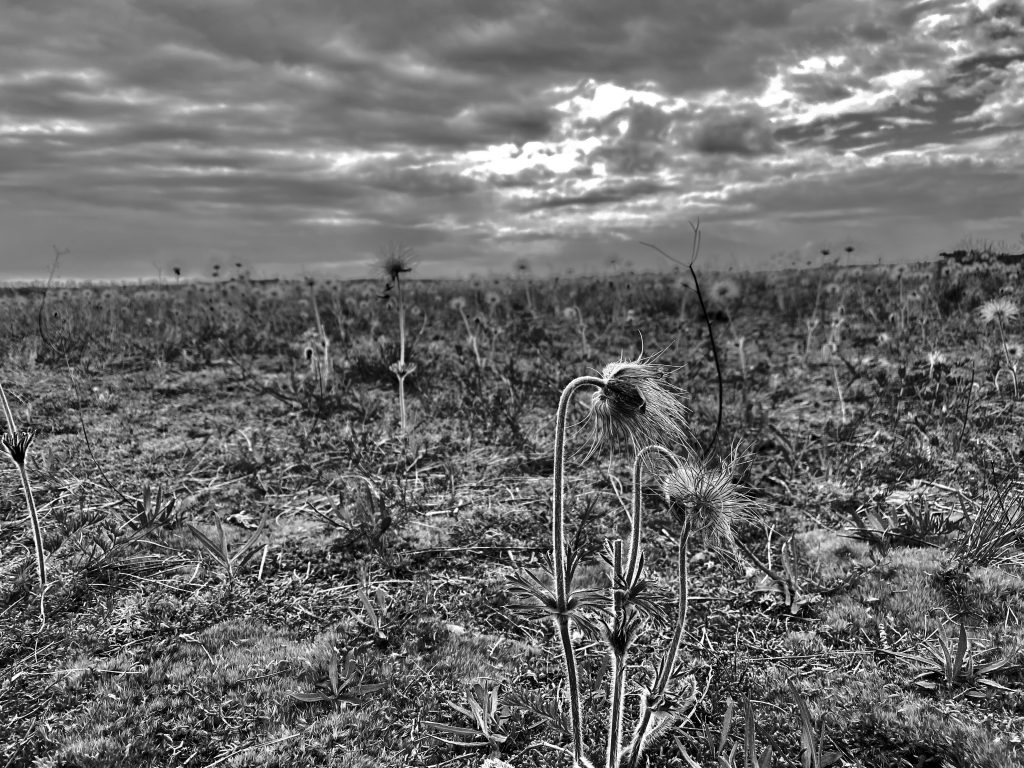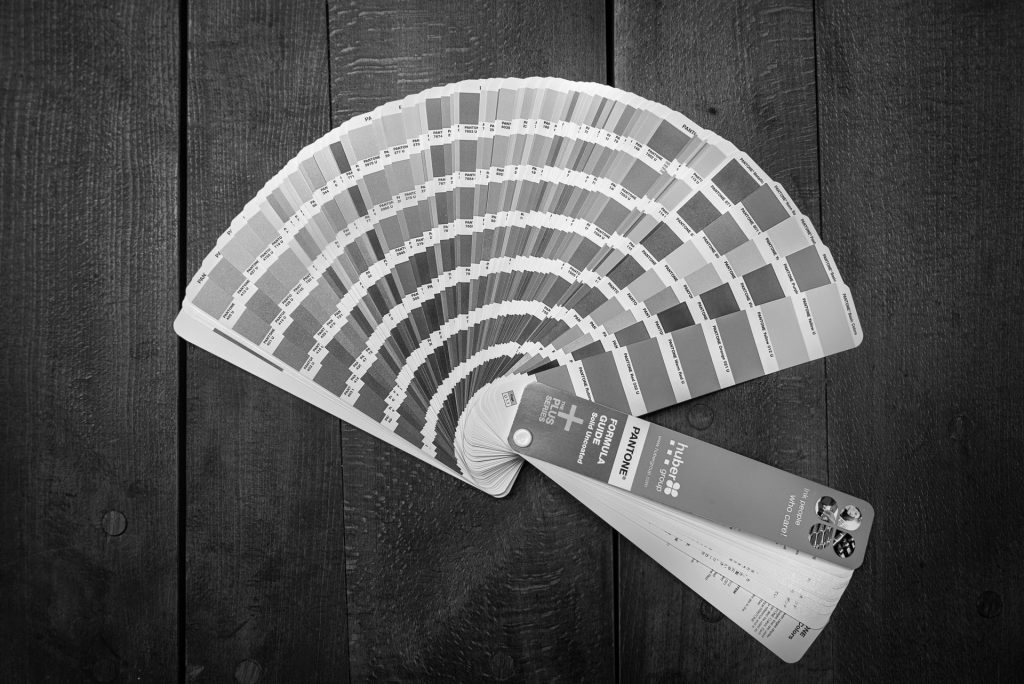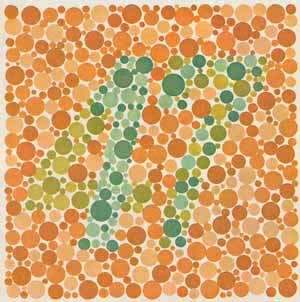I have been following the trend towards more plant-based foods. I think this is important. For health reasons. For ethical reasons. And for climate reasons. Now, if this is good, how do we get there and increase the number of people embarking at least on a partially plant-based diet?
There are two approaches:
One is to restrict the offerings and make it somewhat harder for people to get their daily sausage. I have just come across Berkeley. It is the first US city planning to eliminate all animal products it serves. So for employees, it will be less convenient if they want to have an animal-based (is this the correct term to describe the opposite of plant-based?) meal. They have to get out and search for diners, restaurants, or food joints. Staying within the organization and have a plant-based meal is more convenient. Cool move by the Major and the Council.
For most company or university restaurants it would be nice to see plant-based meals to be the default and meat to be the exception. How about a Meat-Monday?
The second option is to make plant-based food really desirable and win over the most passionate carnivores. Vegan butchers (although this term seems to be a contradiction within itself) might go a long way in this direction:
Additionally, if you like the yummy taste of European sausages HEDI might be your supplier (the page is in German only).
However. I am not sure if plant-based food should ‘copy’ meat-based products. For certain occasions and certain cravings, this may be helpful. If perfect, this might win over some customers. But showing consumers that a plant-based diet has more to offer – in terms of taste and texture – can be a worthwhile endeavor.







